How To Do Kurmasana And What Are Its Benefits?
Unlock flexibility and calmness with this mindful pose designed for strength and balance.
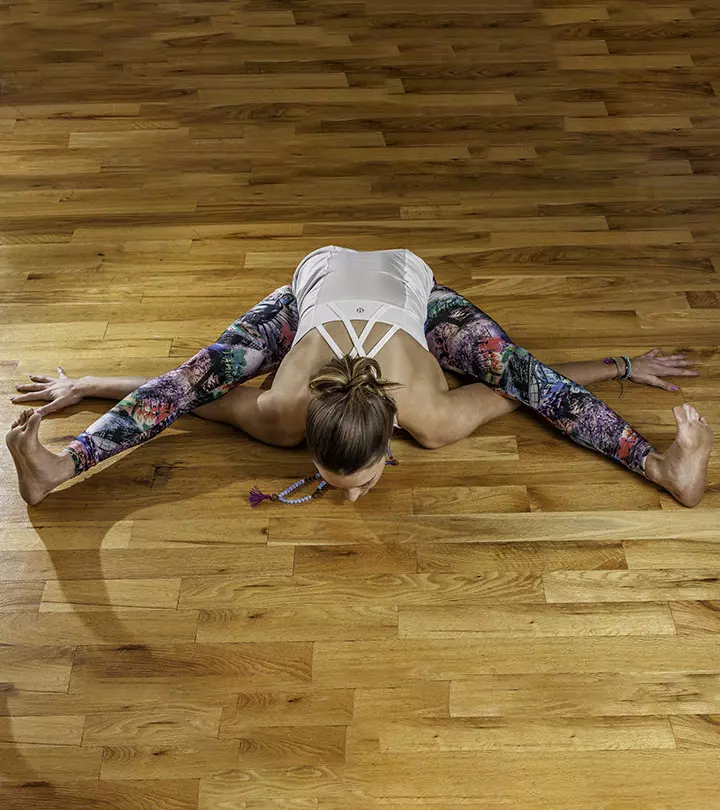
Image: Shutterstock
Kurmasana or Tortoise Pose is a yoga asana. Sanskrit: कूर्मासन; Kurma – Tortoise, Asana – Pose; Pronounced as: Koohr-Mah-Sah-Nah.
Kurmasana or the Tortoise Pose resembles a tortoise that withdraws into its shell when threatened or agitated. The name comes from the Sanskrit words ‘kurma’ meaning tortoise and ‘asana’ meaning pose. Practicing the Kurmasana enables you to draw inward and cut out the clutter of the outside world. It will give you a euphoric feeling of connecting with your inner world.
Everything You Need To Know About Kurmasana
- What You Should Know Before You Practice Kurmasana
- How To Do Kurmasana (Tortoise Pose)
- Precautions To Be Taken
- Beginners’ Tips
- Kurmasana Pose Variations
- Benefits Of Kurmasana
- Preparatory Poses
- Follow-Up Poses
1. What You Should Know Before You Practice Kurmasana
Make sure you practice Kurmasana early in the morning on an empty stomach. Brahma Muhurta, which is about an hour and a half before sunrise, is the best time to practice Kurmasana as the mind is inherently calm then, making it easier for you to draw inwards into your mind and body.
Since getting up as early as 5 AM is not possible daily, you can practice Kurmasana in the evenings too. But make sure there is an optimum gap of 4-6 hours from your last meal. In the evening, you might have to declutter your mind before you get into the pose. Otherwise, it gets difficult to stay focused and embark on an inward journey.
Level: Advanced
Style: Ashtanga
Duration: 30-60 seconds
Strengthens: Abdominal Muscles
Stretches: Spine And Legs
2. How To Do Kurmasana (Tortoise Pose)
You can assume Kurmasana in four steps.
- Sit down with your legs spread out and back erect. Place your arms alongside your hips. Keep your legs arms’ distance apart and press your thighs into the ground. Raise your chest and take a few deep breaths.
- Bend your knees and bring your feet closer to your hips. Stretch your arms forward in between the legs and bend your torso down and forward along with the arms.
- Bend your knees further to facilitate your shoulders to go beneath your knees. Then, shift your stretched arms to the sides. Now, bring your thighs inwards and through them, apply pressure on your shoulders to bring your face and chest forward and down. Straighten your legs and make sure your inner thighs touch your side ribs.
- Bring down your head with your chin touching the ground, and gaze downwards. Extend your arms sidewards as much as you can. Relax and breath deeply. Hold the pose for a few seconds. Relax.
3. Precautions To Be Taken
When in the Kurmasana, if you feel pain in the knees, move your arms slightly forward from the sides to ease the pain. You must prepare your body to assume the Kurmasana. Do the necessary preparatory poses before assuming the pose. Also, you should know your body limitations and when to stop.
Avoid the pose if you are pregnant or menstruating. It is better to skip the pose if you have herniated discs and tight lower back muscles. If you have a shoulder, hip or arm injury, do not practice Kurmasana. Do not overstrain your muscles while in the pose. If you are suffering from sciatica or chronic arthritis, avoid the pose.
4. Beginners’ Tips
Kurmasana is an advanced pose, and it takes a certain amount of time to get into it appropriately. Do it under the guidance of a yoga instructor to make it easier for you. Once in the pose, if it becomes difficult to keep the heels of your feet on the ground, place pillows or folded blankets below your legs.
5. Kurmasana Pose Variations
- If doing the Kurmasana gets complicated, you can try the Ardha Kurmasana (Half Tortoise Pose), which involves sitting in Vajrasana and bending your torso forward with the head touching the floor. Your arms must stretch out forward, and the chest should touch your thighs.
- You can try the Supta Kurmasana (Sleeping Tortoise Pose) if you find yourself comfortable in Kurmasana and want to go deeper into the pose. All you have to do is take your arms behind your back and clasp your palms together. Get your legs above your arms and head and keep them crossed one on top of the other.
6. Benefits Of Kurmasana
- Kurmasana improves the functioning of the digestive and respiratory systems
- It relaxes your neck, head, and shoulders
- It stimulates your abdominal organs and eases flatulence
- The pose releases the tight knots in the lumbar and sacrum areas of your body
- It improves your memory by increasing blood flow to the brain
- The asana helps people suffering from asthma and constipation
- It takes care of all back problems and deals with insomnia
- Kurmasana lengthens your spine and opens your shoulders
- It is a stress buster and withdraws your senses
- It quiets your mind and prepares you for meditation
- The Tortoise Pose refreshes and rejuvenates you
- It is good for the nerves
- Kurmasana improves your posture and is good for those suffering from cervical disorders
- It helps you breathe well and makes your body flexible and toned
7. Preparatory Poses
UttanasanaPaschimottanasanaDhanurasana
8. Follow-Up Poses
BhujangasanaMatsyasanaChakrasana
To be able to rework and assess yourself, it is essential that you spend time in solitude, cutting off from external noise. Kurmasana is designed in a manner to help you do that. Add the asana to your exercise regimen as regularly monitoring yourself will save you a lot of trouble.
Read full bio of Shirin Mehdi




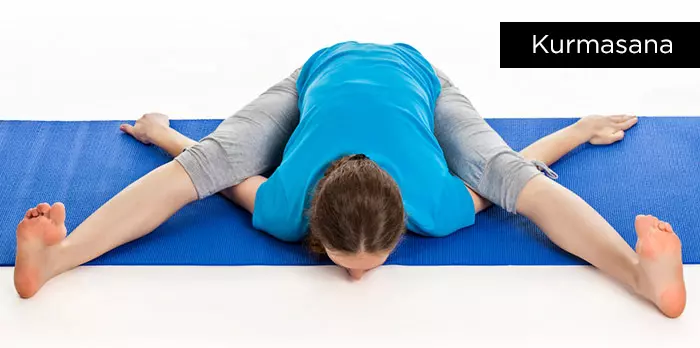

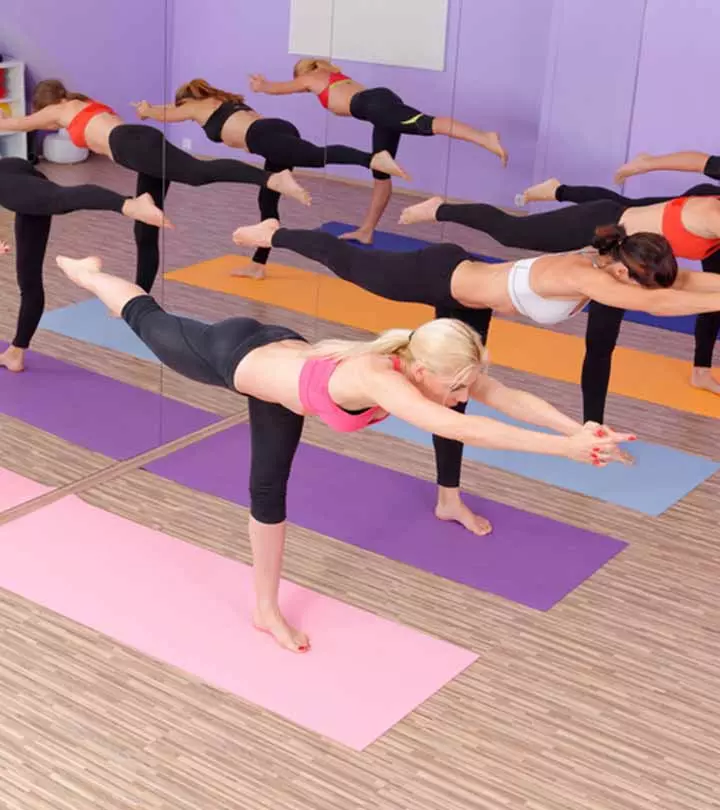

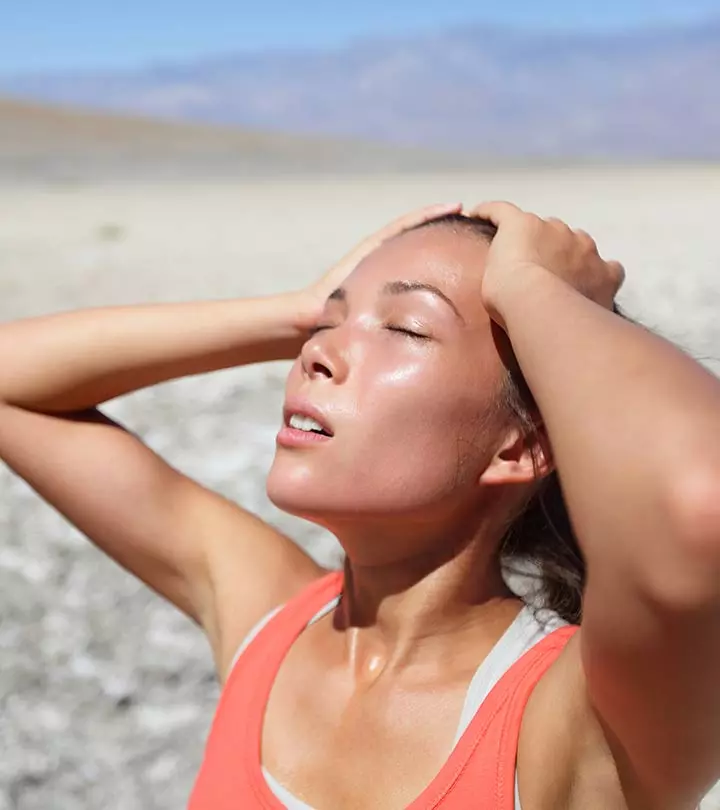
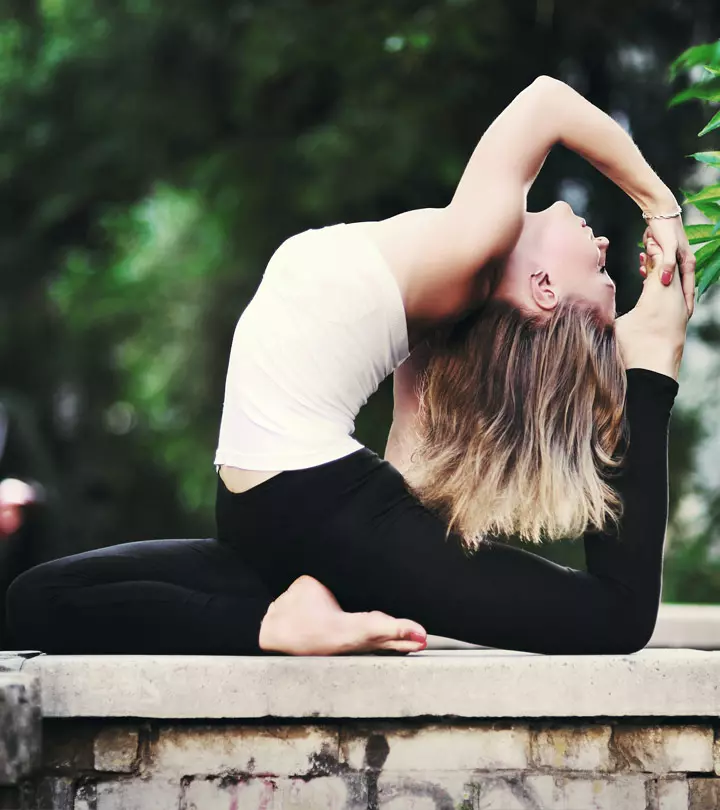
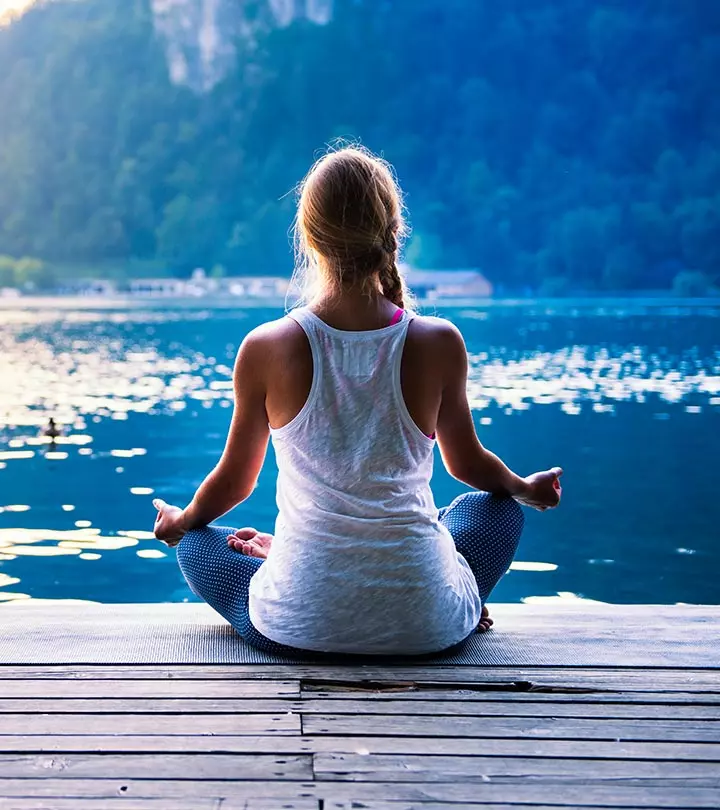
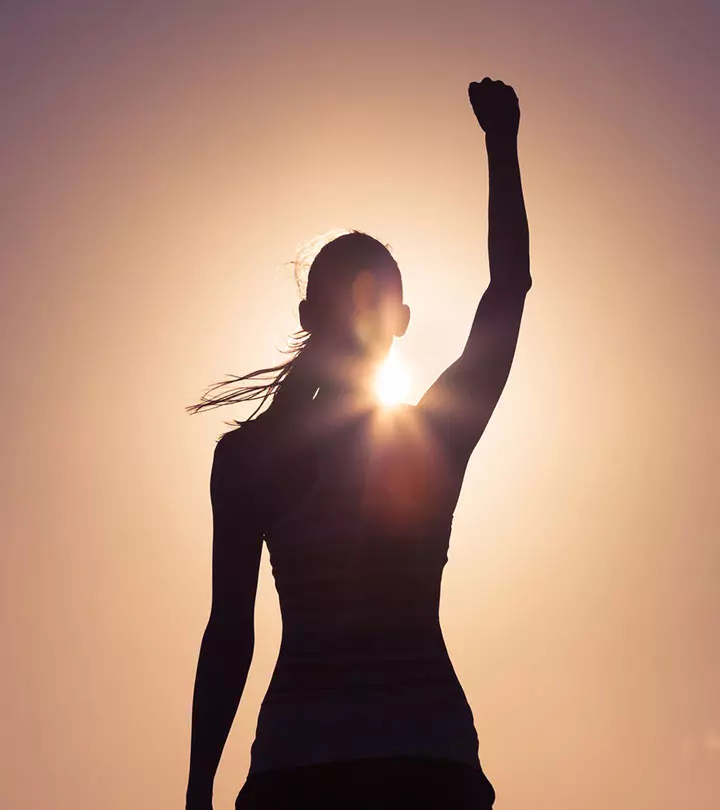
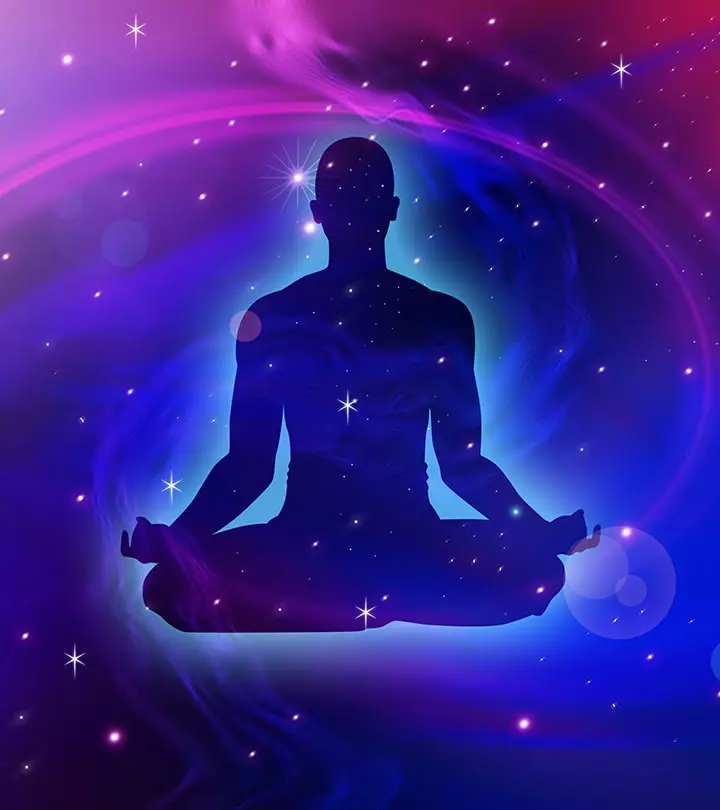
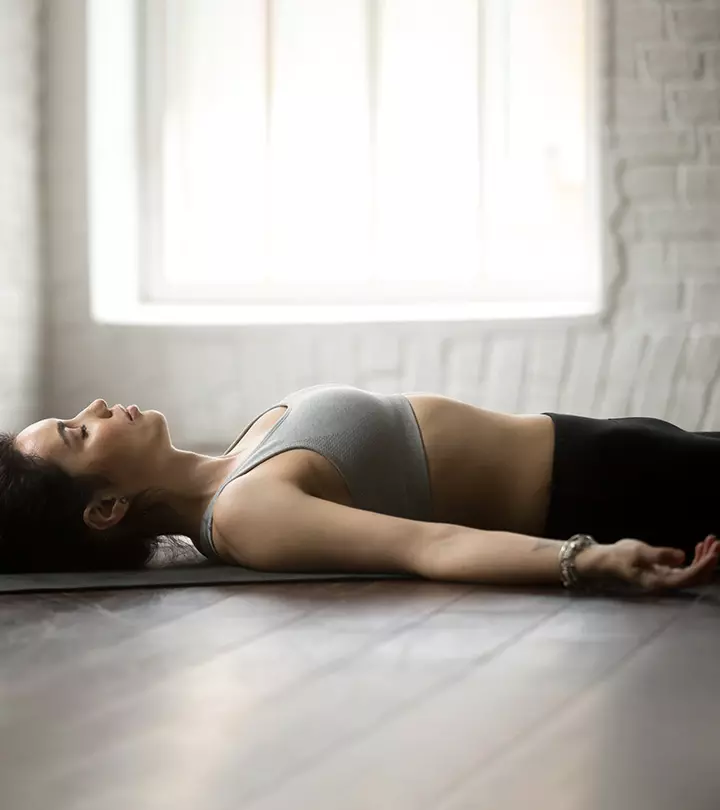
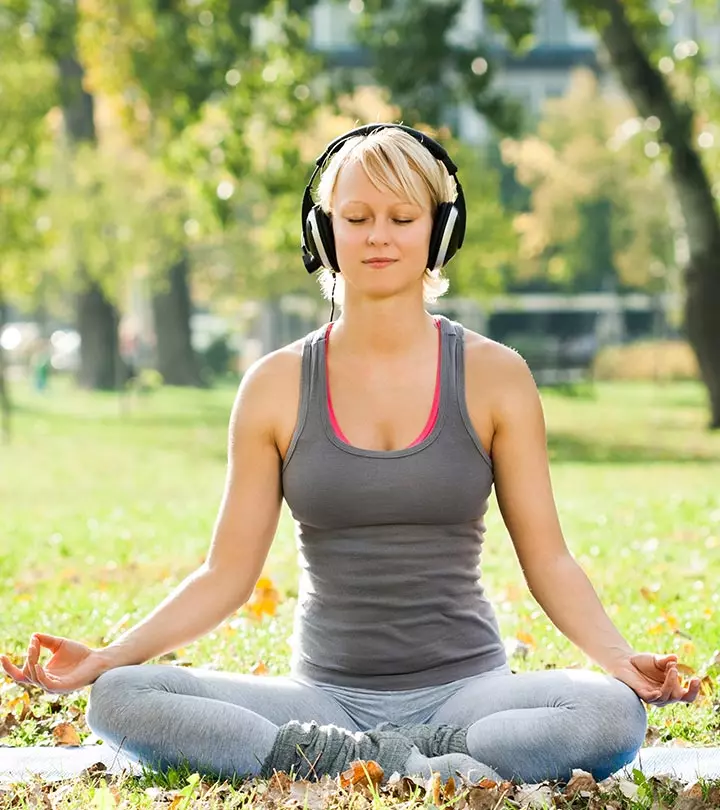
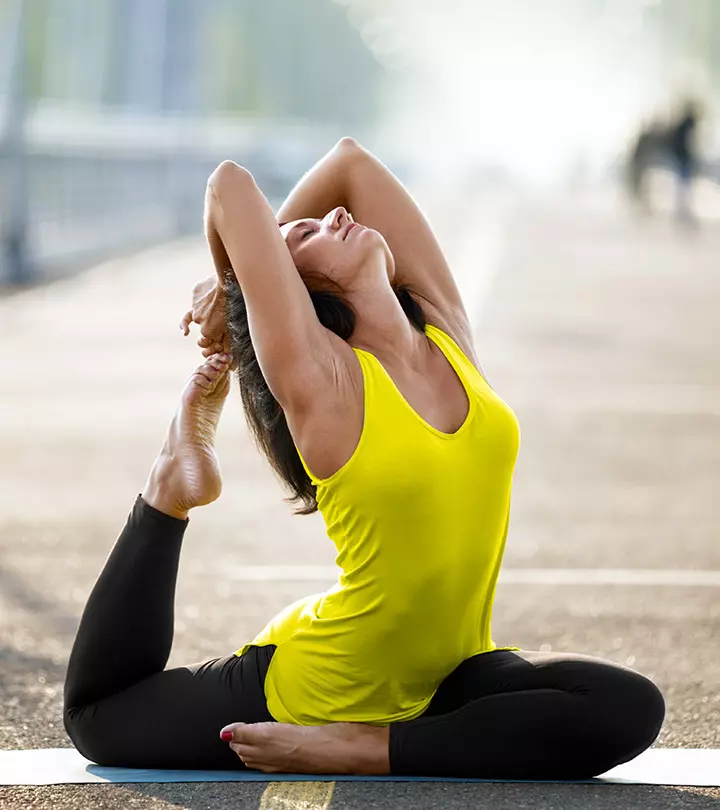
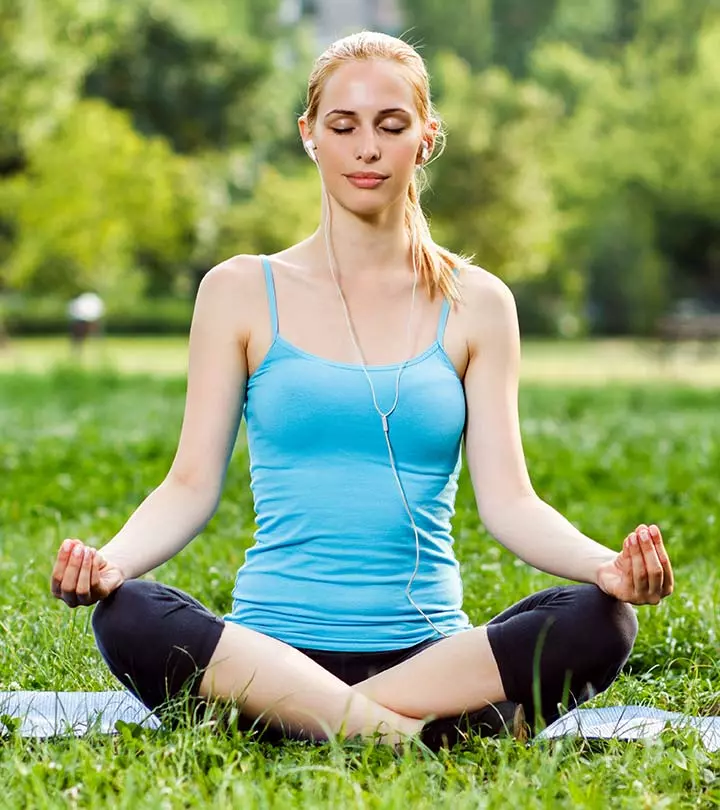
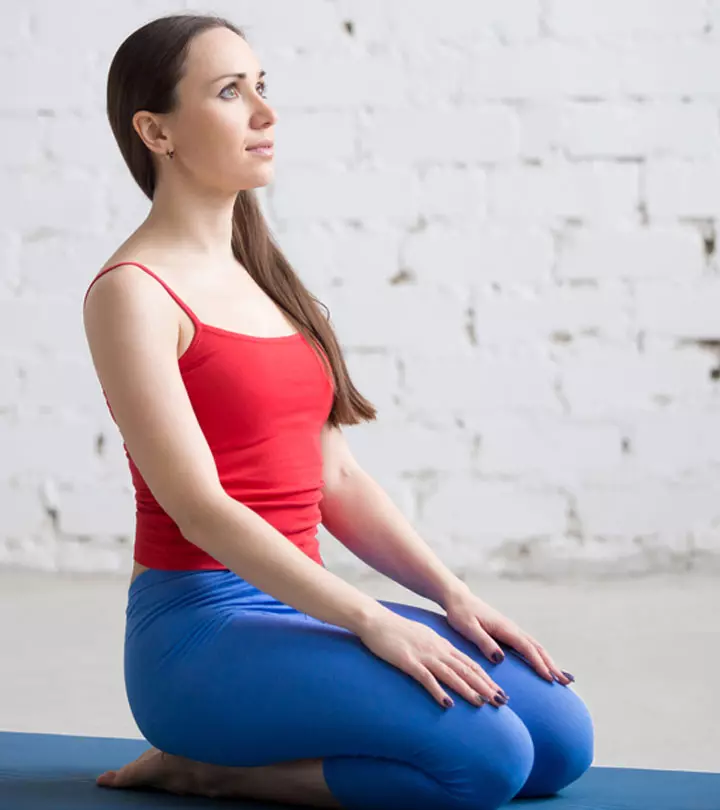
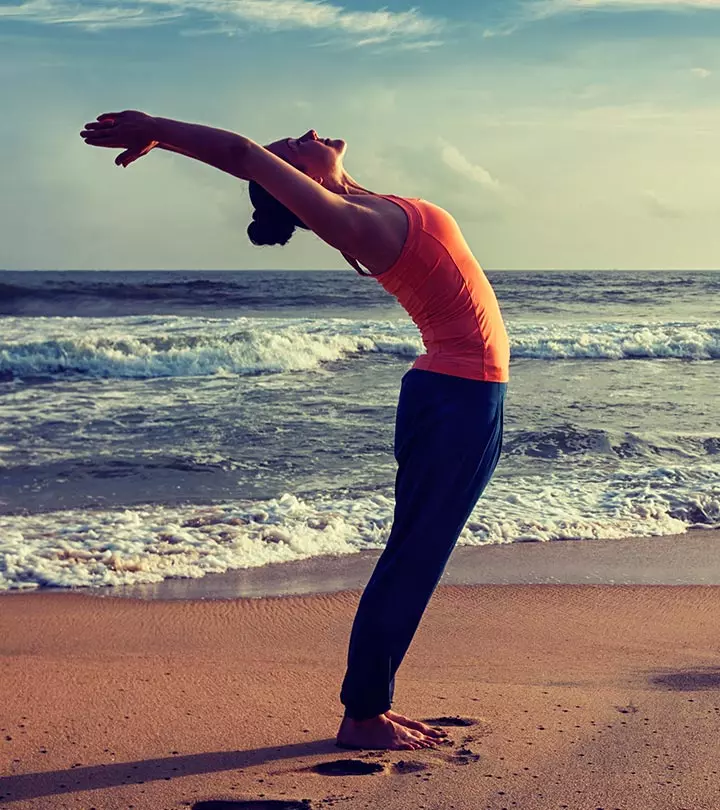
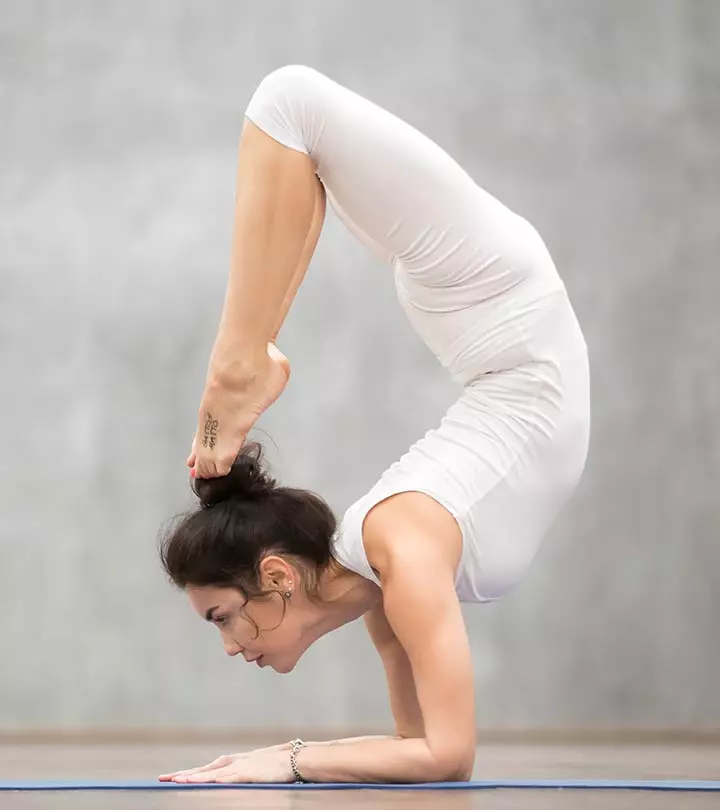
Community Experiences
Join the conversation and become a part of our empowering community! Share your stories, experiences, and insights to connect with other beauty, lifestyle, and health enthusiasts.